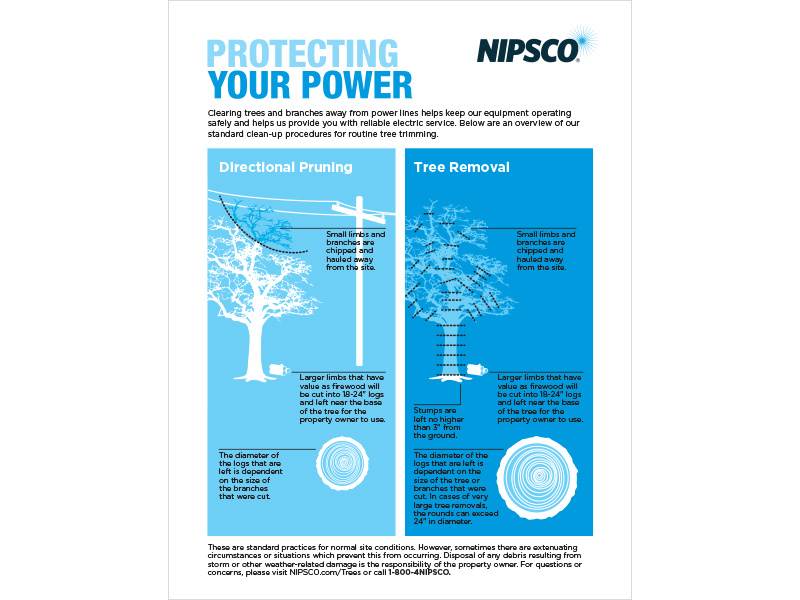Post-Tree Elimination Treatment: Effective Approaches For Landscape Repair
Post-Tree Elimination Treatment: Effective Approaches For Landscape Repair
Blog Article
Written By-Graham Als
After a tree's removal, your landscape may look quite different, and it's vital to assess the results thoroughly. You'll intend to assess the dirt disturbance and check surrounding plants for any kind of indications of stress. Overlooking these elements can bring about larger problems down the line. So, what should you finish with those stumps and origins? And just how do visit the following internet site pick the best plants for your rejuvenated space? Allow's explore these essential steps.
Analyzing the Aftermath: Assessing Your Landscape
After a tree removal, it's crucial to assess your landscape to recognize the influence it carries your yard.
Start by examining the area where the tree stood. Search for indicators of soil disturbance, and examine the bordering plants for any type of stress and anxiety or damages.
Tree Trimming ought to likewise remember of how the removal has changed sunlight exposure and airflow in your yard. This change can impact the development of nearby plants, so it's necessary to evaluate their health.
Consider the aesthetic facets too; the elimination may produce an open space that you can upgrade.
Lastly, consider any kind of potential disintegration concerns that could arise from the tree's absence. Dealing with these variables early will help bring back balance to your landscape.
Managing Stumps and Roots: Choices for Removal
As soon as you've assessed the consequences of the tree removal, you'll likely need to tackle the stump and origins left behind.
You have a few alternatives for removal. One reliable technique is stump grinding, where a specialist uses a maker to grind the stump to below ground degree. This strategy leaves marginal interruption to your landscape.
If you choose a do it yourself method, you can use a mix of excavating and chemical stump removers. Just bear in mind, this process can take time and initiative.
Additionally, take into consideration leaving the stump as a natural function, which can work as an unique garden element or environment for wildlife.
Whatever you pick, addressing the stump and roots is essential for recovering your landscape.
Picking the Right Plant Kingdoms for Your New Area
As you analyze your freshly cleared room, choosing the right plants can considerably enhance your landscape's charm and functionality.
Beginning by taking into consideration the sunshine and soil problems. For bright locations, choose drought-resistant plants like lavender or succulents. In shaded spots, brushes and hostas grow well.
Think about the size and growth behaviors of your plants; mix perennials and annuals for seasonal selection. Don't forget to include native types; they require less maintenance and assistance local wild animals.
Team plants in weird numbers for an extra all-natural look and create layers for visual depth.
Ultimately, guarantee you have a mix of shades and textures to keep your landscape vivid throughout the periods.
Satisfied growing!
Final thought
In conclusion, restoring your landscape after tree removal is a satisfying process. By evaluating the results, addressing stumps and origins, and choosing the right plants, you'll develop a growing setting. Don't forget to incorporate disintegration control actions to secure your soil. With a little initiative and treatment, you can change your space right into a dynamic garden that boosts your property. Accept the chance to invigorate your landscape and appreciate the appeal of nature right in your yard!
